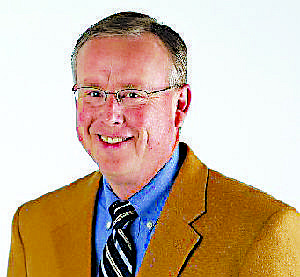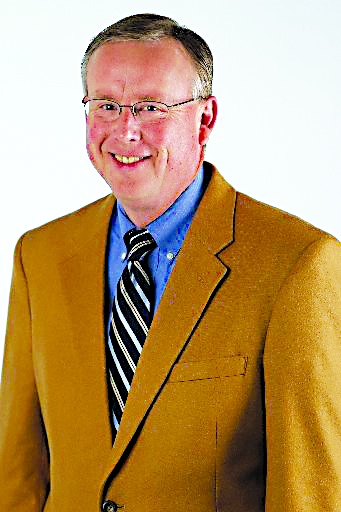View other columns by Mark Kennedy
The oldest baby boomers have begun turning 70 years old.
More and more war babies are now senior citizens. My father turned 18 at the end of World War II and enlisted in the Army just as the war concluded. He later served as a master sergeant in Korea.
As the 20th century drifts further into the past, I feel more and more historical space between myself and our two 21st century-born sons, who are ages 10 and 15. A conversation last week with my 10-year-old is a case in point.
"Why do you have a day off Monday?" I asked him last Sunday, knowing the answer but wanting to hear his take.
"Because it's Martha Luther King's birthday," he answered confidently.
"Hmm, Martha Luther King's birthday?" I said. "Are you sure about that?"
"Yep, I'm sure," he said. "We've been studying about it in school."
"I think it's Martin Luther King not Martha," I said.
"Oh, OK," he said. "I just said it wrong, but I know that he protested things. Like some people thought black people and white people shouldn't use the same water fountains and bathrooms. That's crazy. Who thought of that?"
"People had some strange ideas back then," I said.
"Well, whoever was president back then should have been protesting it, too," my son said.
When I was in elementary school, desegregation was still in its infancy. I remember a neighbor knocking on our door one day and asking my parents to sign a petition protesting the integration of our hometown's two high schools, one traditionally white, one traditionally black.
Why the neighbors thought a petition would overturn the U.S. Supreme Court's Brown vs. Board of Education ruling - or why they thought that would be a good idea in the first place - is beyond me.
I used to sit in our backyard and listen to the drumline at the black high school rehearsing across the river from our house. You could only hear the bass drums, but the syncopation was enough to set my heart to dancing.
Years later, I was an all-state drummer at the predominately white high school, where our drumming style was highly regimented and completely technical. The musical styles were the difference between Souza and soul.
By the time I started 10th grade, our high school had been desegregated without much acrimony. There were still some racist white students, but such thinking was clearly on the way out by the time I graduated in the mid-1970s. Race, as far as I can tell, was nearly a non-issue in college. Perhaps my black classmates thought differently.
Last weekend, my wife and I went to see the excellent new film "Hidden Figures," which is about three black women who became instrumental in NASA's early efforts to put astronaut John Glenn into Earth's orbit. Set in the early 1960s, it was a reminder of a time when public restrooms were segregated and blacks had limited access to some higher education opportunities that whites took for granted.
It was an uplifting movie, the kind that makes you want to stand up and applaud at the end.
Interestingly, Glenn, the first man to orbit the Earth in a spacecraft, was also portrayed as the most accepting of Katherine Johnson, a black NASA mathematician in the movie who was ultimately responsible for checking Glenn's landing coordinates. Interestingly, Johnson had to run a half mile to use the facilities inside NASA headquarters because they were segregated.
As my son might say, "Well, who thought of that?"
Contact Mark Kennedy at mkennedy@timefreepress.com or 423-757-6645.

